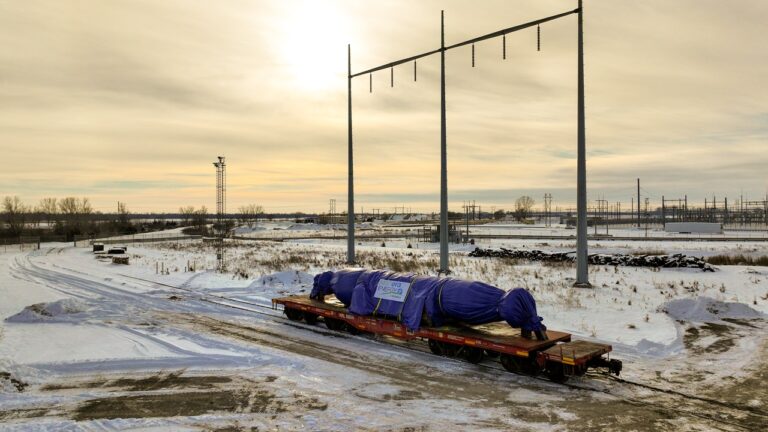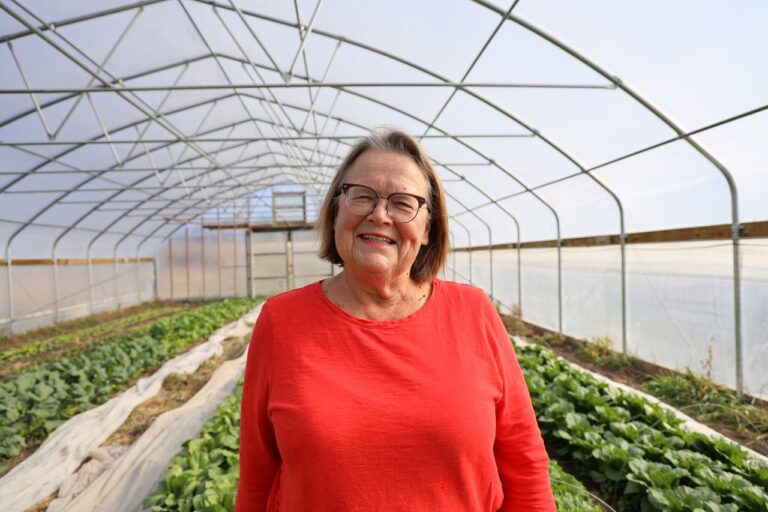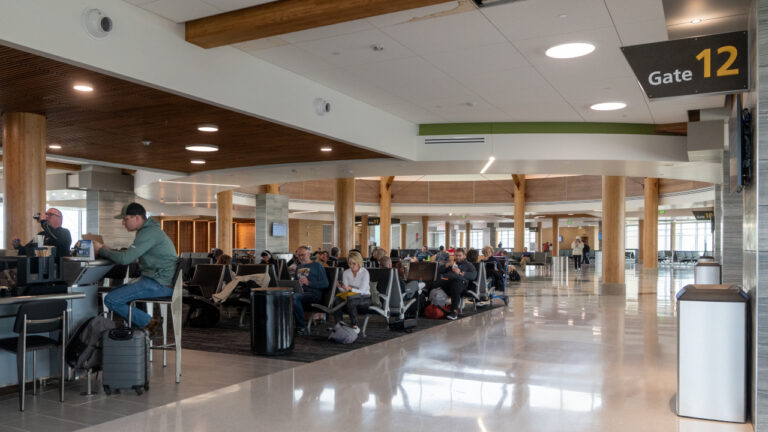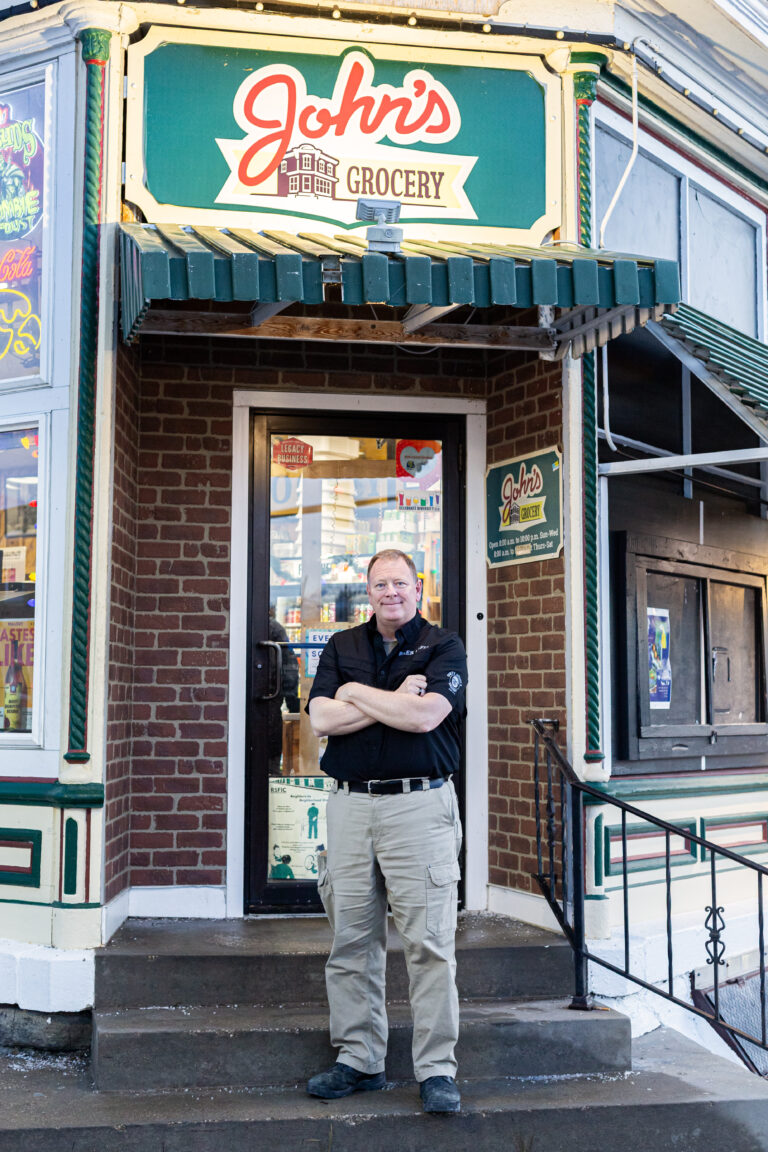A coalition of 179 climate scientists from 26 Iowa colleges and universities released a statement Monday addressing climate change’s impact on the state’s insurance market.
The statement is part of an annual series from Iowa researchers and educators that examines climate change impacts affecting Iowans and explores mitigation and adaptation strategies.
William Gutowski, professor emeritus of meteorology at Iowa State University, said the Earth’s 10 hottest years on record have all occurred in the last decade, with 2024 setting new records.
“When those temperature changes lead to the types of extreme events and damages that we have seen more of in recent years, that plays out in increased costs, which then show up as higher insurance rates,” Mr. Gutowski said during Monday’s virtual press conference.
David Courard-Hauri, professor of environmental science and sustainability at Drake University, said Iowa faces similar challenges to states like Florida and California, where rapidly rising insurance rates have priced some consumers out of the market.
“We have seen a well-documented increase in heavy rainfall events, for example, and damage from these and other climate-induced changes in Iowa are expected to grow as the planet warms,” Mr. Courard-Hauri said.
University of Iowa research assistant professor Emma Stapleton Thornell said policyholders and taxpayers ultimately bear the cost of increased damages through higher premiums and loss reimbursement, even when flood or crop insurance is subsidized.
“We can reduce damages by enacting robust building codes and investing in climate resilience, but we need to make changes now, because a new climate normal is here,” Ms. Stapleton Thornell said.
Multiple factors have contributed to property insurance increases and insurers leaving the state, including inflation and rising reinsurance costs, said Peter Thorne, professor and University of Iowa distinguished chair.
“Like in so many areas, climate change magnifies these effects,” he said. “In the end, the only way to stop these climate-related costs from rising is to reduce greenhouse gas emissions from burning fossil fuels.”
Farmers are especially vulnerable to climate-exacerbated disasters and their associated costs, he added.
“In 2024 federal crop insurance premiums nationally were about $16 billion, of which (the) federal government, through taxes, subsidized about $10 billion. Thus taxpayers will share more than 60% of the increased crop insurance cost burden of extreme weather events now and in the future,” he said. Because crop insurance only supports the loss of crops in fields, farmers often purchase additional insurance to protect against other weather-related losses such as equipment or building structures, he added.
Better building materials
Legislation regulating building materials can help mitigate the burden associated with insurance costs, the coalition said.
The building standards and codes that were sensible two decades ago may not be sufficiently protective – and if they’re not, that can lead to damages and increasing insurance costs, Mr. Courard-Hauri said.
Roofing materials are one example, Mr. Thorne said. “Many places have much stronger building standards for roofing in terms of how the roof is attached to the house or the structure, as well as the types of underlayment and shingling that’s used,” he said. “And we’ve seen some of those building standards being relaxed in Iowa rather than strengthened.”
“If we can reduce those damages by building for the current world, we can certainly save a lot of money,” Mr. Courard-Hauri added.
Insurers leaving
Some insurers have left states all together, creating a crucial gap in coverage. If an insurer’s geographic footprint is too small they are unable to distribute the losses as well as a company with a bigger market share, Mr. Thorne said.
“These are the challenges that we see when people are building in places that are increasingly vulnerable to climate change,” he said.
“Climate change is here and it’s past time to act,” Ms. Stapleton Thornell said.
The following 26 colleges and universities endorsed the statement:
- Central College
- Clarke University
- Coe College
- Cornell College
- Des Moines Area Community College
- Des Moines University
- Dordt College
- Drake University
- Graceland University
- Grinnell College
- Hawkeye Community College
- Iowa Central Community College
- Iowa State University
- Iowa Western Community College
- Kirkwood Community College
- Luther College
- Maharishi University of Management
- Mount Mercy University
- Northeast Iowa Community College
- Southeastern Community College
- Saint Ambrose University
- University of Dubuque
- University of Iowa
- University of Northern Iowa
- Waldorf College
- Wartburg College








